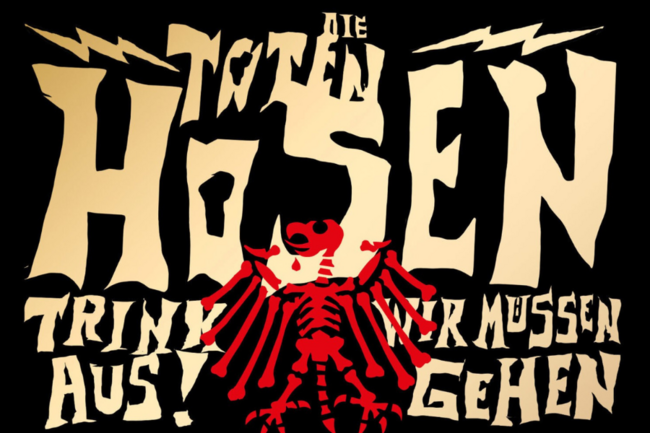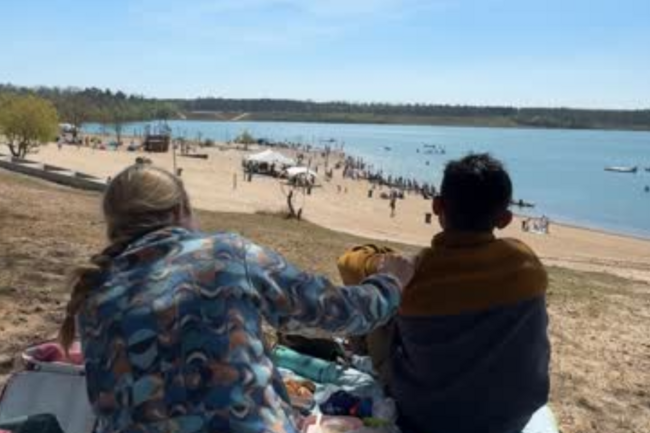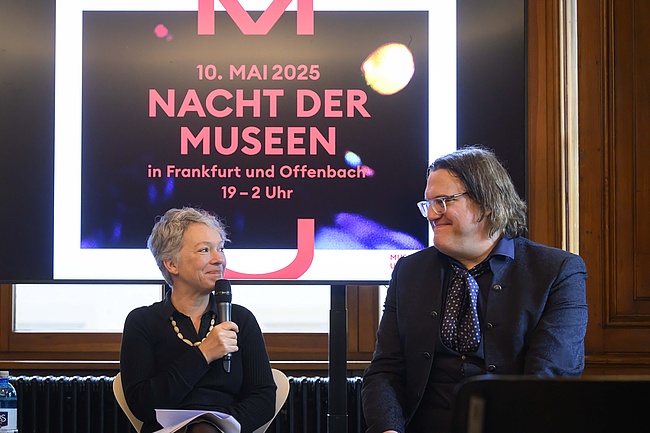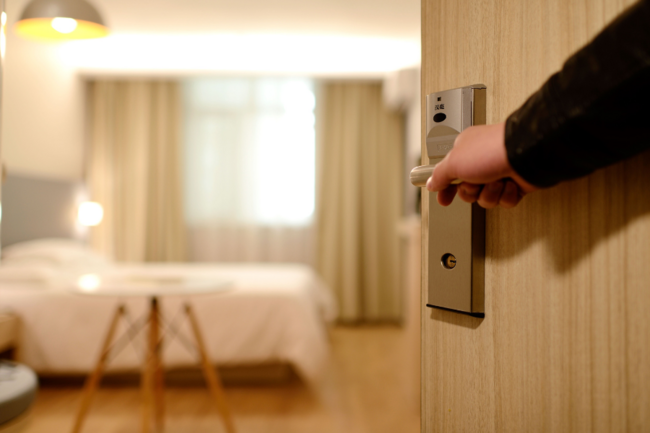That there will be no big fireworks on the banks of the Main this year has been known for some time. But how does it actually look in the rest of the city? Where are fireworks allowed to be set off and where must the turn of the year be celebrated without this popular tradition? The city of Frankfurt am Main has issued a general decree banning the public setting off of fireworks in many areas of the city on New Year's Eve. This is to avoid larger gatherings of people, as they were observed in the past years in the inner city area.
Because the annually recurring mass phenomenon on New Year's Eve presents itself this year in view of the rampant Covid 19 pandemic as extremely problematic. The city of Frankfurt am Main has now been well into the 5th stage (dark red) of the prevention and escalation concept of the state of Hesse for some time. The binding regulations of the state of Hesse to contain the Corona virus therefore require that measures to limit the gathering of large groups of people with the associated high risk of infection are also adopted for the turn of the year.
The contact restrictions for public spaces therefore apply without restriction on New Year's Eve: a maximum of five people from two households are allowed to meet, associated children up to and including 14 years are not counted.
Since December 16, 2020, a ban on alcohol and celebrations in public spaces has been in force, which will of course remain in place on New Year's Eve.
In addition, from December 31, 2020, at 6 p.m., until January 1, 2021, at 3 a.m., the following areas will be closed to the public. January 2021, at 3 a.m. Public fireworks will be prohibited:
- within the outer ring of facilities,
.- on the northern bank of the Main between the Friedensbrücke and the Honsellbrücke/the Osthafenbrücke (consisting of the southern walkways of the Mainkai and Untermainkai traffic facilities, as well as the existing Tiefkai and the green spaces), including Hafenpark and Skaterpark,
- on the southern bank of the Main between the Friedensbrücke and the Flößerbrücke (consisting of the northern walkway of the traffic facility Schaumainkai as well as the existing Tiefkai and the green spaces),
- in Alt-Sachenhausen with the Große Rittergasse, Kleinen Rittergasse, Frankensteiner Straße, Paradiesgasse with Paradieshof, Klappergasse, Neuer Wall, Affentorplatz, Elisabethenstraße, Deutschherrenufer between Walter-Kolb-Straße up to and including Frankensteiner Platz, Dreieichstraße between Deutschherrenufer and Willemerstraße and Willemerstraße from Dreieichstraße up to and including Affentorplatz,
x>N
- at the main station with station forecourt and station quarter in the area of Hafenstraße, Mainzer Landstraße, Taunusanlage/Gallusanlage/Untermainanlage and Mainufer/Forellenweg,
- at Südbahnhof with forecourt and Diesterwegplatz in the area of Hedderichstraße, Diesterwegstraße, Stegstraße, Brückenstraße and continuation of Hedderichstraße,
- at Schweizer Platz in the area of Schneckenhofstraße, Schweizer Straße, Oppenheimer Landstraße, Gutzkowstraße, Diesterwegstraße, continuation of Schweizer Straße and continuation of Oppenheimer Landstraße,
- at Carlo-Schmid-Platz and Bockenheimer Warte in the area of Gräfstraße, Gabriel-Riesser-Weg, Bockenheimer Landstraße and continuation of Gräfstraße,
- at Matthias-Beltz-Platz in the area of Neuhofstraße/Egenolffstraße and Friedberger Landstraße, Friedberger Platz in the area of Rotlintstraße, Günthersburgallee, Bornheimer Landstraße and Friedberger Landstraße and Luisenplatz in the area of Luisenstraße, Heidestraße, Bornheimer Landstraße, continuation of Luisenstraße and continuation of Bornheimer Landstraße as well as Friedberger Landstraße between Matthias-Beltz-Platz and Friedberger Platz as well as Bornheimer Landstraße between Friedberger Platz and Luisenplatz,
- in Höchst in the area between Leunastraße, Bolongarostraße, Mainberg up to the properties Kranengasse 7/Seilerbahn 2 and the Mainufer,
- in Berger Straße between Friedberger Anlage and Gronauer Straße,
- in the Platensiedlung in the area of Stefan-Zweig-Straße/exit from Rosa-Luxemburg-Straße, Sudermannstraße and Franz-Werfel-Straße and
- in the Karl-Kirchner-Siedlung in the area of Homburger Landstraße, Weilbrunnstraße, Kantapfelstraße and Obere Kreuzäckerstraße.
Eiserner Steg will be closed
A popular meeting place especially on New Year's Eve are the bridges over the Main, especially the Eiserne Steg and the Holbeinsteg. In order to prevent people from falling below the minimum distances to each other, walking on the two bridges (each including the bridgeheads on both sides) will be prohibited from 8 p.m. on December 31, 2020, until 3 a.m. on January 1, 2021. The two pedestrian bridges Eiserner Steg and Holbeinsteg, which are only about 5.3 metres wide and about 4 metres wide respectively and have a length of about 173 metres (Eiserner Steg) and about 200 metres (Holbeinsteg), are very narrow corridors where even a few people can fall short of the legal minimum distances.
In addition to the special fireworks ban zones established by general decree, the public burning of fireworks at the turn of the year is also generally prohibited in other urban areas due to increased fire risk. According to the First Ordinance to the Explosives Act, which applies throughout Germany, it is not permitted to set off fireworks and pyrotechnic objects in the immediate vicinity, i.e. at least 200 metres, of churches, hospitals, children's homes and old people's homes as well as fire-sensitive buildings or installations. These are defined as, for example, half-timbered houses, but also the zoo, among other places, which is why the burning of fireworks is completely prohibited there. Of course, this also applies to the city forest. People who are in these areas at the turn of the year are obliged to behave in such a way that fire hazards are excluded as well as the biocoenosis in the forest is affected as little as possible and the urban forest is not endangered, damaged or polluted.
Safety Department Markus Frank emphasizes: "We are currently in a groundbreaking situation. We must now succeed in minimizing the very high daily infection figures. With the general decree banning the setting off of fireworks in many squares and areas in our city, we are pursuing the goal of avoiding crowds on New Year's Eve and thus sustainably reducing the risk of infection. I'm sure that by doing this, we're going down a painful but indispensable path to help us all start 2021 on a better and healthier note."
Compliance with the general order and the federal requirements of the First Ordinance to the Explosives Act will be monitored by state and city police. In the event of violations, the officers will consistently intervene and punish violators.
It may be difficult for many, but this year, also on New Year's Eve, renunciation is called for - for the good of all! In this sense: Come well into the new year, take care of each other and stay healthy!












